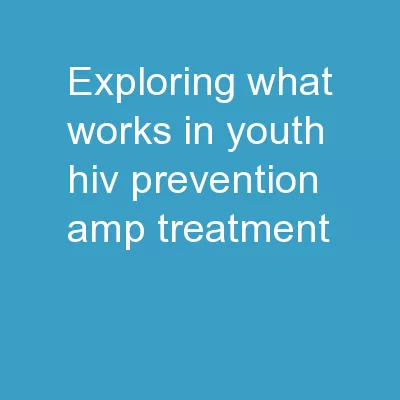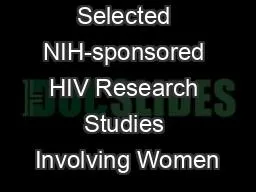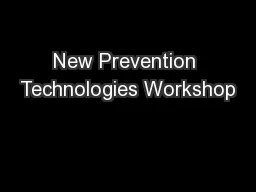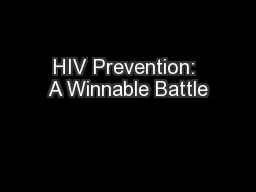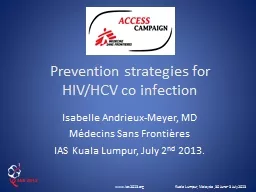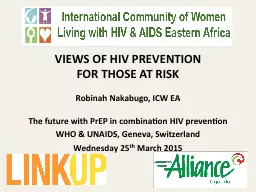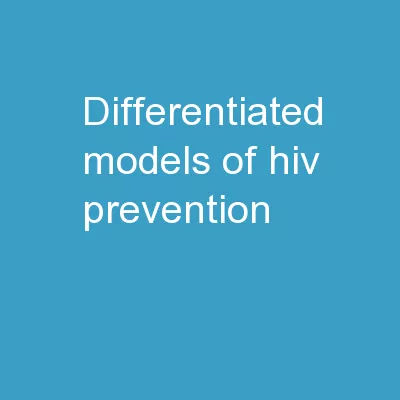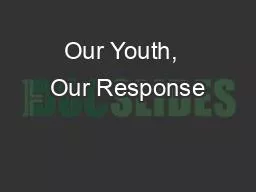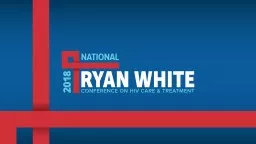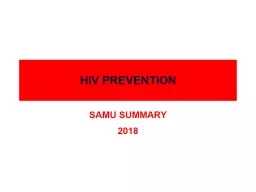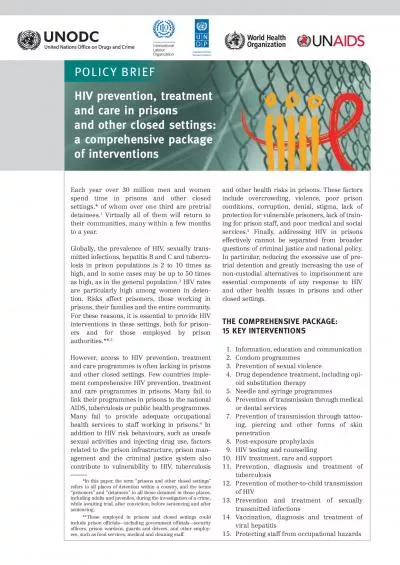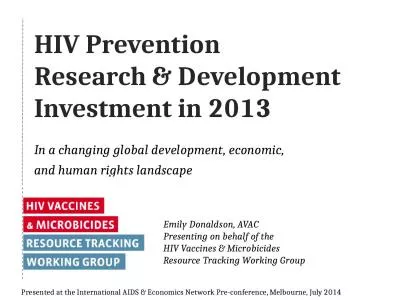PPT-Exploring What Works in Youth HIV Prevention & Treatment
Author : kittie-lecroy | Published Date : 2018-12-04
June 20 2018 23 pm ET Webinar Objectives By the end of this presentation participants will be able to Describe the current state of youth HIVAIDS among youth
Presentation Embed Code
Download Presentation
Download Presentation The PPT/PDF document "Exploring What Works in Youth HIV Preven..." is the property of its rightful owner. Permission is granted to download and print the materials on this website for personal, non-commercial use only, and to display it on your personal computer provided you do not modify the materials and that you retain all copyright notices contained in the materials. By downloading content from our website, you accept the terms of this agreement.
Exploring What Works in Youth HIV Prevention & Treatment: Transcript
Download Rules Of Document
"Exploring What Works in Youth HIV Prevention & Treatment"The content belongs to its owner. You may download and print it for personal use, without modification, and keep all copyright notices. By downloading, you agree to these terms.
Related Documents

